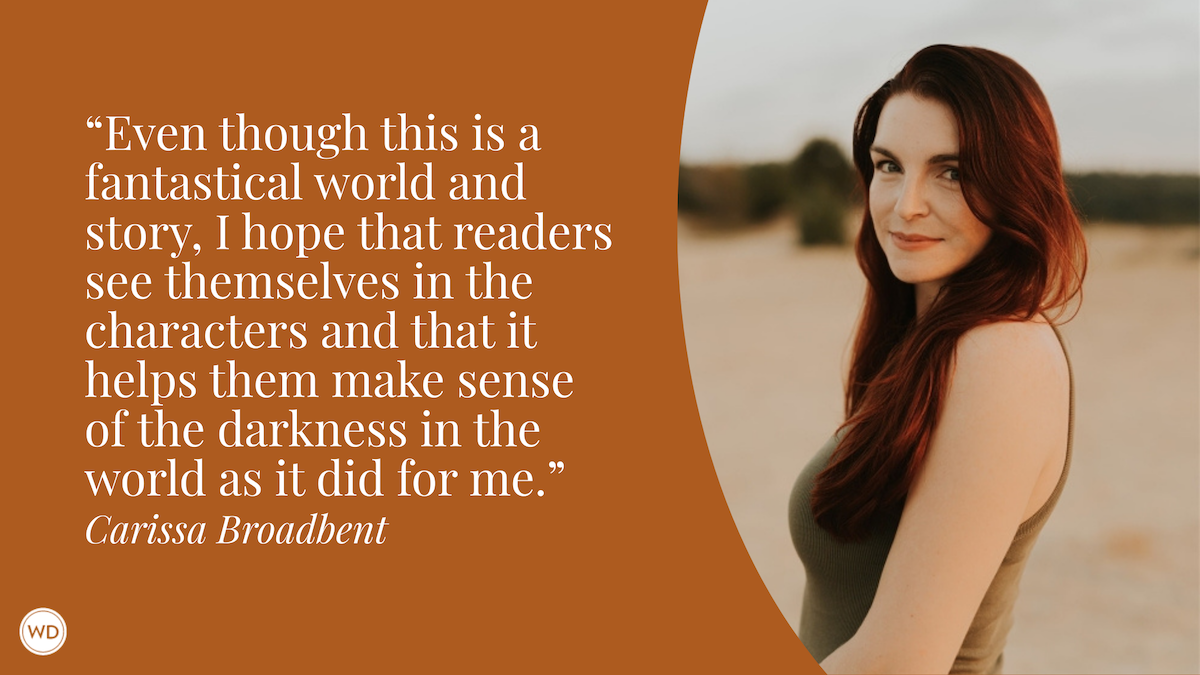7 Things Writers Should Know About Smartphone Overuse in Teens and Children
Dr. Brad Marshall shares 7 things writers should know about smartphone overuse in teens and children, from doom scrolling to notifications.
Whether you’re writing a young adult novel, a parenting blog, or an op-ed on modern childhood, one thing is clear: Smartphones are central to the lives of children and teens. But with rising concern over screen addiction, dopamine-driven design, and the mental health effects of constant connectivity, it's essential for writers to understand what’s really going on.
As a psychologist and author who’s spent years working with young people struggling to manage screen use, I’ve seen firsthand the impact smartphones can have not just on behavior, but on self-esteem, relationships, and even brain development.
Here are seven things every writer should know.
1. This isn’t just a tech issue—it’s a behavioral one.
It’s easy to view smartphone overuse as a matter of choice or convenience, but that overlooks the psychology behind it. Many of the most addictive features of phones like streaks, push notifications, and infinite scroll are built using behavioral science designed to keep users engaged. This is especially powerful when it comes to young brains, which are more sensitive to reward cycles and less able to self-regulate.
If you’re writing characters who are teens or tweens, remember: It’s not about willpower. It’s about design.
2. The average teen spends 7.5 hours on their phone daily—often without realizing it.
Most young people underestimate their usage. Part of that is because checking a phone has become automatic, almost invisible. But the statistics are striking: The average teen spends over seven hours a day on their device, while children aged eight to 12 spend around four and a half. These aren't just idle moments; they shape the way young people communicate, learn, and even view themselves.
Writers exploring youth culture or school life should consider how constant phone access shapes conversations, friendships, and even sleep habits.
3. Smartphone use can hijack the developing brain.
The prefrontal cortex, which governs planning, impulse control, and decision-making, doesn’t finish developing until the mid-20s. In the meantime, teens are relying more heavily on the brain’s emotional center, the amygdala. This means they’re more reactive, more reward-seeking, and more prone to compulsive behaviors. Smartphones target that part of the brain with instant gratification likes, messages, streaks creating patterns that are hard to break.
In fiction or memoir, showing how a character’s mood, focus, or self-worth hinges on their device use adds authenticity and emotional depth.
4. Connection can be both powerful and painful.
Phones give teens an always-on portal to their social lives. This can be a lifeline, but also a source of pressure. Group chats buzz late into the night. Read receipts and delayed replies fuel anxiety. Social comparison is constant. And online interactions can feel more intense than face-to-face ones, what researchers call the hyperpersonal effect.
As a writer, don’t underestimate the emotional weight of a phone notification. A friend’s silence, a mean comment, or an online post can shift a teen’s entire sense of self in seconds.
5. Many kids do want a healthier relationship with their phone—they just don’t know how.
One of the biggest misconceptions is that kids don’t care about screen time. In our clinic, we see the opposite. Many teens and tweens feel trapped in their habits. They know their phones stress them out or keep them up at night, but without tools, support, or social buy-in, they don’t feel they can change.
Writers can help by portraying characters who do struggle with phone use, who want change but hit roadblocks, whether internal, social, or structural. That’s closer to real life than the typical screen-addicted zombie trope.
6. “Doomscrolling” is real—and emotionally exhausting.
The term entered the dictionary in 2020, and for good reason. Teens aren’t just watching dance videos and memes. Many are overwhelmed by a stream of bad news, online arguments, and climate anxiety often consumed late at night, alone, in bed. This relentless cycle can heighten stress, disrupt sleep, and fuel helplessness.
Consider this emotional texture when writing: A character might not be outwardly anxious, but they could be quietly carrying the weight of the world through their device.
7. You don’t have to demonize technology to tell the truth.
Smartphones are part of life now, and they’re not all bad. They allow for creativity, connection, learning, and fun. But it’s our relationship with them that matters most. Writers don’t need to wag a finger at tech. Instead, they can ask better questions: What does this character use their phone for? What do they gain from it and what might they be missing?
As I wrote in Do Not Disturb: How to Say No to Your Phone, the goal isn’t to go tech-free. It’s to create habits, families, and futures where young people feel in control of their devices not the other way around.
Check out Brad Marshall's Do Not Disturb here:
(WD uses affiliate links)









